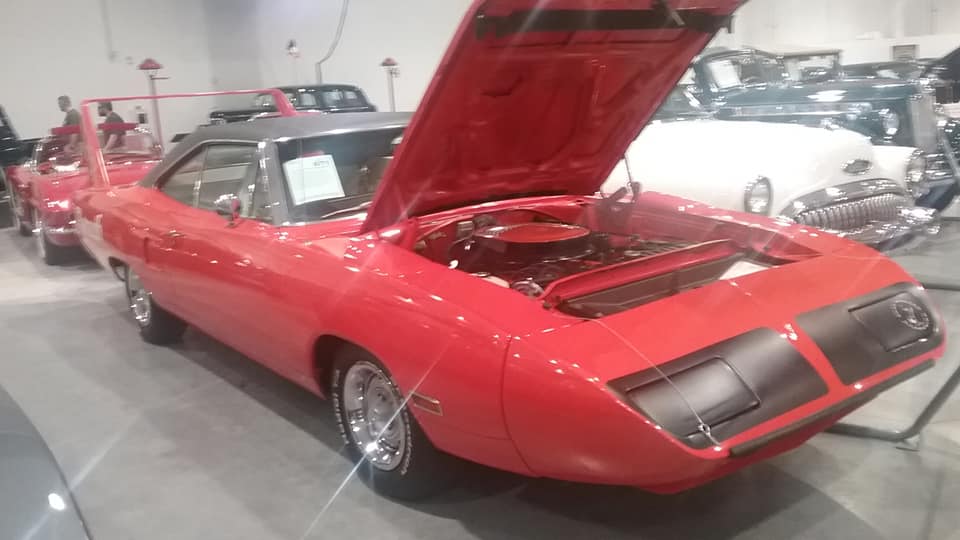Car: Plymouth “Superbird”
Year: 1970
What makes it special: The Superbird was a highly modified, short-lived version of the Plymouth Road Runner with well-known graphics and horn sound. It was the factory’s follow up stock car racing design, for the 1970 season, to the Dodge Charger Daytona of 1969, and incorporated many engineering changes and modifications both minor and major garnered from the Daytona’s season in competition. NASCAR’s homologation requirement demanded that vehicles to be raced must be available to the general public and sold through dealerships in specific minimum numbers. For 1970, NASCAR raised the production requirement from 500 examples to one for every two manufacturer’s dealers in the United States; in the case of Plymouth, that meant having to build 1,920 Superbirds. Due to increasing emissions regulations, combined with insurance spike for high performance cars and NASCAR’s effective ban on the aero cars, 1970 was its only production year.
What made it famous: The car’s primary rival was the Ford Torino Talladega, a direct response to the Mopar aero car. Both of the Mopar aero cars famously featured a protruding, aerodynamic nosecone, a high-mounted rear wing and, unique to the Superbird, a horn which mimicked the Road Runner cartoon character. Superbirds equipped with the top-of-the-line 426 cu in Hemi engine with a pair of 4-barrel Carter AFB carburetors ( 2x4bb ) producing 425 hp could accelerate from 0 to 60 mph in 5.5 seconds.
Why I would want one: Any kid who grew up in that time period ( the 60’s & 70’s ) wanted one of these when they came out. It was not only an icon, but the first “Supercar” of its time.
Fun fact: It has been speculated that a motivating factor in the production of the car was to lure Richard Petty back to Plymouth.
